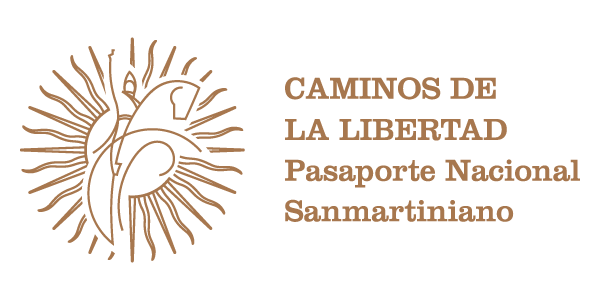It was founded by the Spanish during the colonial era, in the 16th century. Travelers who take a walk through its wide streets, its wide and tree-lined paths, and stops to contemplate the architecture of the city, will be surprised to find it modern, without too many traces of such extensive history. The cause of this surprise goes back to an unprecedented earthquake that hit the city in 1944. Since then, the San Juan people have reconstructed it following a careful urban plan, in which professionals from all over the country and abroad have contributed. The Museum of Urban History offers details about the reconstruction.
The San Juan Bautista Cathedral, located in front of the 25 de Mayo square, was rebuilt in the same place and with the same orientation that it had before the '44 earthquake, work which was done by architect Ramos Correa with a modern architectural design that breaks away from the traditional schemes of religious temples, making it a unique building in the country. You can take a guided tour of the Crypt where the remains of Fray Justo Santa María de Oro lie.
You can visit the House of Domingo Faustino Sarmiento, the birthplace of this former president in the mid-nineteenth century, the first National Historic Monument and one of the few remnants of the ancient city.
The Juan Victoria Auditorium, one of the most relevant in all Latin America. Tourists can take a guided tour as well to the Franklin Rawson Museum of Fine Arts, where you can see an outstanding collection of paintings and sculptures by national and international artists. This institution has received the 2012 Konex Award - an important national award - in recognition for its contribution to the Visual Arts in Argentina.




